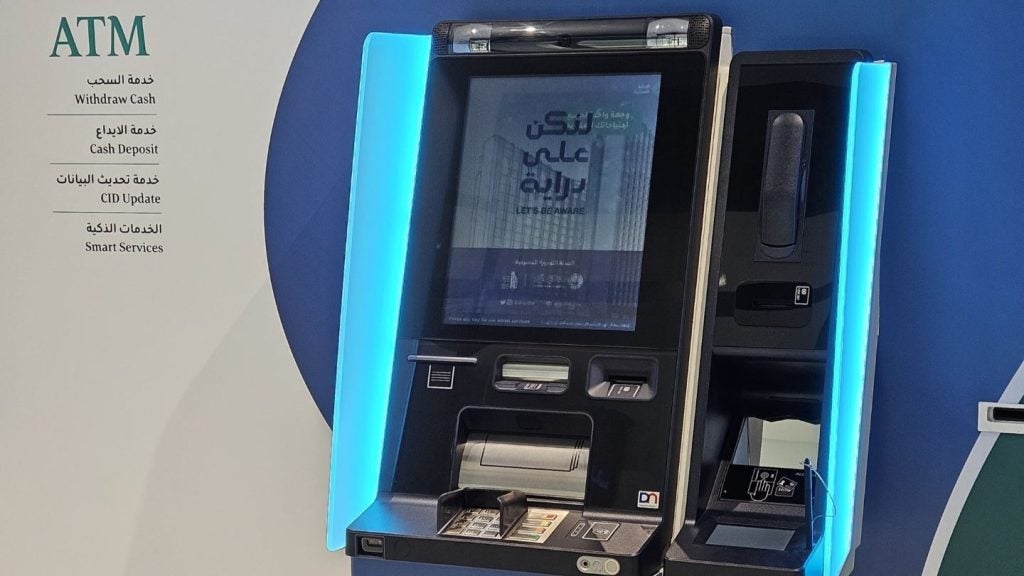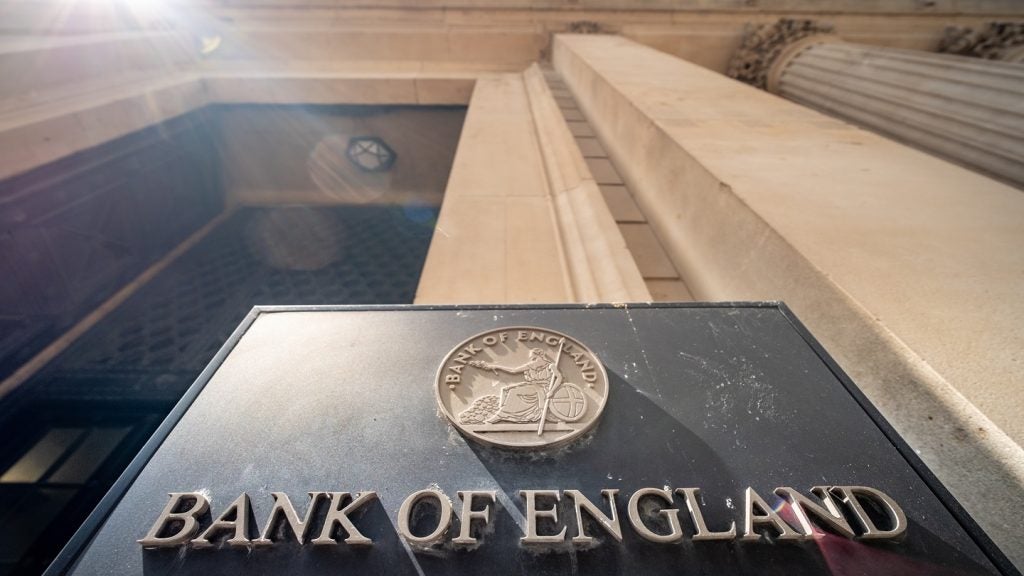
US banks collectively enjoyed an estimated $1trn windfall from the Fed’s two-and-a-half-year period of high interest rates. But according to Yerbol Orynbayev, the US lenders must now allocate some of this excess revenue to prepare for an upcoming “lending boom”.
Currently, risk costs only make up 2.5% of banks’ overall operating expenses. Orynbayev believes this will not be sufficient as lending activity increases. With the Fed gradually reducing its benchmark rate, Orynbayev suggests that US banks should now double their investment in their credit risk management processes. For him, this will be enough to account for the increased demand for borrowing, an influx of new borrowers, as well as any future defaults or delinquencies on loans.
US bank failures remain fresh in the memory
With rates still at a relative high of 4.75-5% and the risk of defaults or delinquencies still a concern, Orynbayev believes banks should exert more caution on potential borrowers.
Yerbol Orynbayev says: “Cutting interest rates – and especially by so much – was a bold move from Powell. But with borrowing costs now reduced, we’ll also see the return of a long-missed lending boom. At the end of the day, as the Fed continues easing its benchmark rate, more customers will be willing to take out loans – banks need to prepare for this influx.
“The recent period of high interest rates has undoubtedly benefited banks more than other sectors; after all, by capitalising on elevated interest rate revenue while offering comparatively lower rates to depositors, they’ve managed to build substantial reserves. Now, with borrowing demand gradually increasing, banks must strategically deploy this windfall – particularly by enhancing their credit risk management processes.
The need to integrate AI/ML into credit risk systems
“One area where banks could allocate more capital is in integrating emerging technologies like AI and ML into their credit risk systems. These technologies can help automate critical tasks, such as assessing potential borrowers’ credit histories and capacity to repay loans, thereby allowing banks to better handle the expected surge in loan requests as we transition into a lower interest rate environment. Doubling down on investments in these technologies will help lenders mitigate the risks of defaults and delinquencies in the future, especially while the Fed keeps interest rates at a relative high.

US Tariffs are shifting - will you react or anticipate?
Don’t let policy changes catch you off guard. Stay proactive with real-time data and expert analysis.
By GlobalData“But there are greater risks at play. Bank failures, among other factors, are often partly caused by rapid loan growth, and banks across the US must work to avoid making these same mistakes. Of course, lending provides huge opportunities for banks, but at its worst, it can also be the cause of insolvency. Institutions across the States must shelter themselves from the tidal wave of borrowing to come – and they should reevaluate their credit risk processes to do so.”
Orynbayev is an independent financial services consultant. He advises leading financial services and technology companies and has held a number of senior positions in private financial, research, and technology companies.
Previously, Orynbayev served as the Deputy Prime Minister of Kazakhstan from 2007-2013 and Aide to the President on economic policy from 2013-2015. He also worked as the Governor of the World Bank on behalf of Kazakhstan and helped to steer the nation out of the Financial Crisis in 2008.







